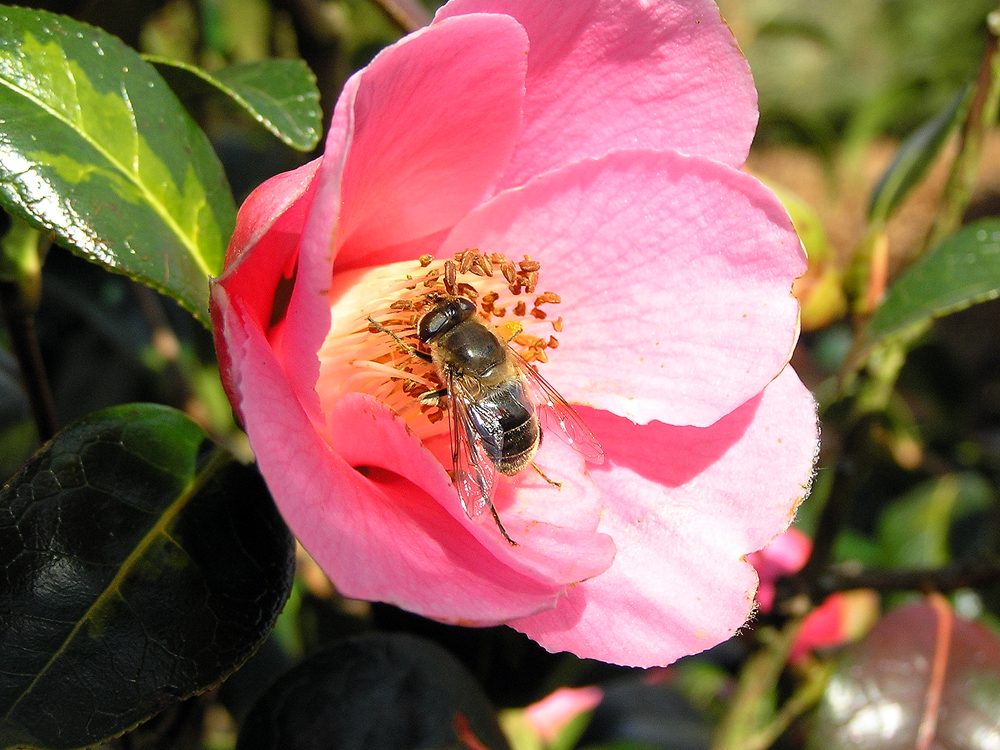Although the peak solar activity on Friday was the lowest this month, peaking at 909W/m2, the strong, almost continuous sunshine pushed the temperature to a peak of 25.9C at 14.37 being 3.2C above my long-term average. The air was very dry after so many dry and hot days, I recorded a minimum humidity of just 33.9% at 15.17 before light, variable cloud arrived limiting the sun’s strength. At 14.00, when the thermometer read 24.8C, the heat index meant it felt more like 28.3C outside, taking into account the air temperature, wind strength and direction, humidity and solar strength.
Looking at the back track of cloud and rain radar in the early hours of Saturday, there was evidence of a small cloud that brought very light and brief precipitation around 04.30, which was not measurable, hence recorded as a ‘trace’. There was just a little residual moisture seen first thing on Saturday on non-porous and previously very dry surfaces. The cloud cover gave us a mild night that saw the thermometer not sink below 14.6C at 05.20 being 2.7C above average.
The start to Saturday revealed total cloud cover and a brisk wind from the west-southwest. The cloud and rain radar indicates that by mid-morning a cluster of clouds might pass our way, preceded by light drizzle, and might bring brief precipitation, but not persistent steady rain over a considerable period to quench the dry gardens. These very different weather conditions are thanks to the depression to the north edging down across the country producing a weather front that will have left the south coast later today.
The weekend will bring us much cooler and cloudier conditions. However, by Tuesday the Jet Stream track is forecast to once again loop north of the UK that will see the Azores High begin to build and ridge back over the UK, which will mean the following days are likely to become very hot again.
